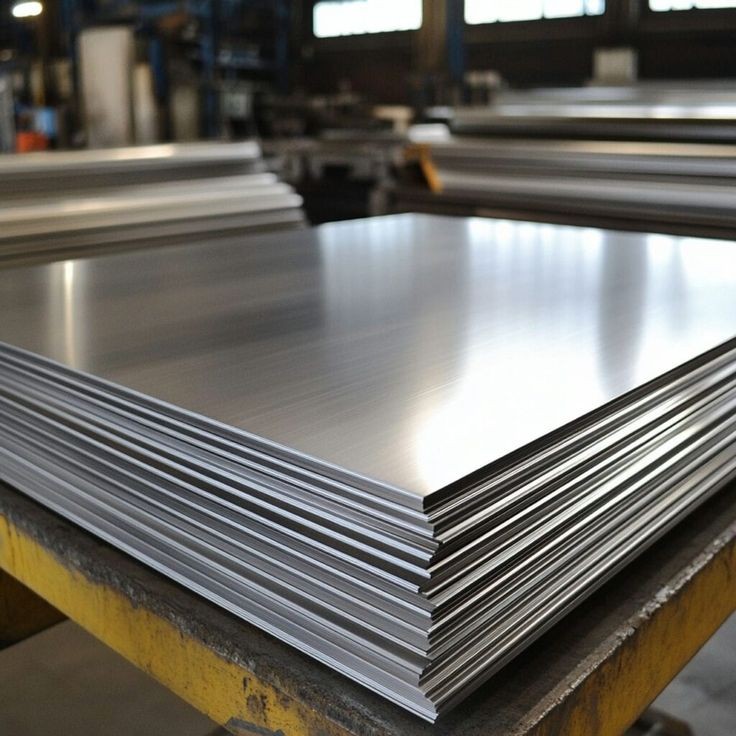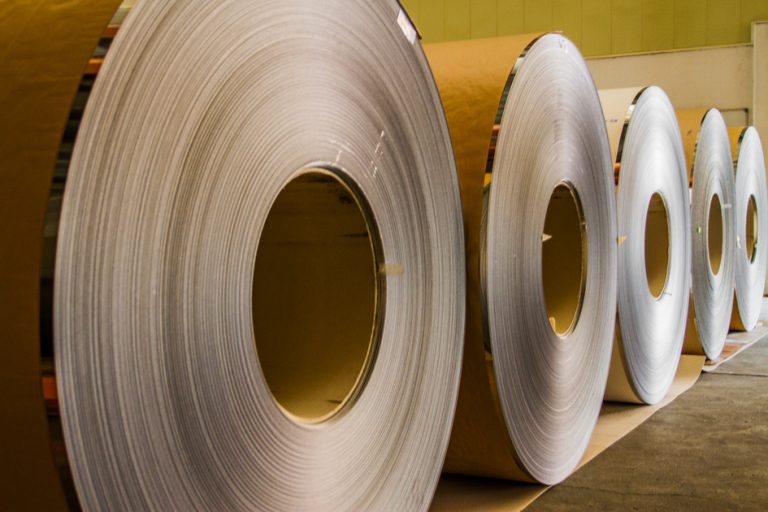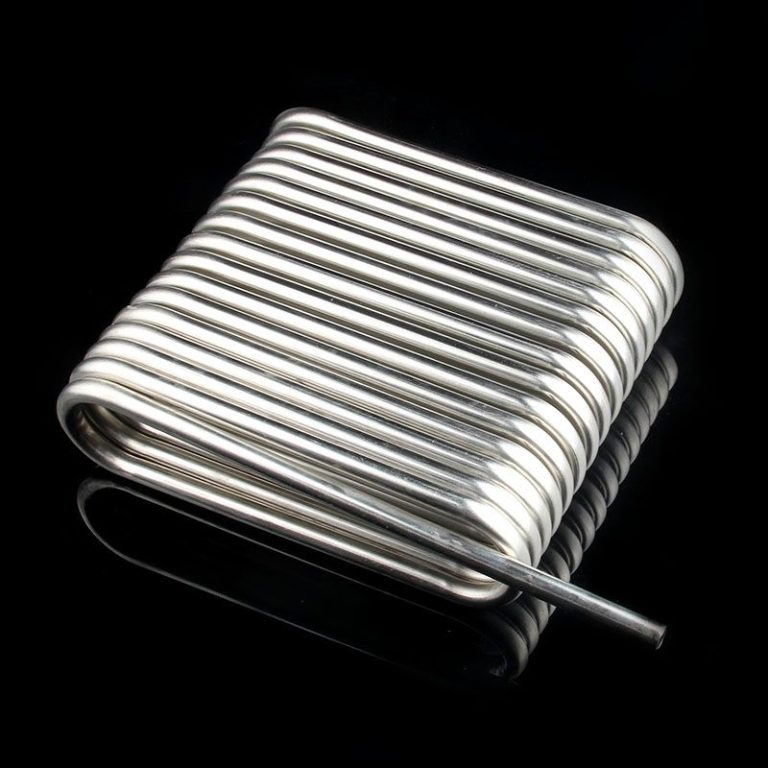Table of Contents

When it comes to stainless steel, two of the most commonly used grades are 304 and 316. At first glance, they may appear similar, but the differences between these two alloys can significantly impact performance, durability, and cost. Whether you are in food processing, marine construction, or high-end manufacturing, knowing when to use 304 or 316 stainless steel can save time, money, and prevent costly failures. In this guide, we’ll break down their differences, highlight applications, and provide insights on how to make the right choice.
Introduction to 304 and 316 Stainless Steel
What is 304 Stainless Steel? Key Features and Common Uses
304 stainless steel is the most widely used stainless steel grade due to its versatility and affordability. It contains approximately 18% chromium and 8% nickel, which provide good corrosion resistance in most environments. Its excellent formability and weldability make it a top choice for kitchenware, sinks, food processing equipment, and building facades.
For example, commercial kitchens often rely on 304 for countertops and appliances because it is cost-effective and resistant to most mild acids and cleaning solutions. Its balance of strength and affordability makes it the go-to grade for general applications.
What is 316 Stainless Steel? Key Features and Common Uses
316 stainless steel, on the other hand, is designed for environments where corrosion resistance is critical. Its chemical composition includes 16% chromium, 10% nickel, and 2–3% molybdenum. The addition of molybdenum significantly enhances resistance to chloride ions, making it especially effective against pitting and crevice corrosion.
This makes 316 stainless steel the preferred material for chemical plants, marine applications, and medical implants. For instance, desalination plants rely on 316 for equipment that comes into contact with seawater, while the medical industry uses it for surgical tools and implants due to its biocompatibility.
Key Differences Between 304 and 316 Stainless Steel
Corrosion Resistance
The most notable difference between 304 and 316 stainless steel is their performance in corrosive environments. While 304 resists oxidation and most mild chemicals, it is vulnerable to chloride-induced corrosion. In contrast, 316’s molybdenum content provides superior resistance to chlorides and harsh chemicals, making it ideal for coastal, chemical, and industrial environments.
Salt spray tests show that 316 can last up to 10 times longer than 304 in marine environments, making it the clear winner where durability matters.
Cost Comparison
Due to the higher nickel and molybdenum content, 316 stainless steel is more expensive—typically 20–30% higher in cost compared to 304. This price difference is often justified in applications where the added corrosion resistance reduces maintenance and replacement costs over time.
For budget-conscious projects that don’t require exposure to chlorides or acids, 304 is usually the smarter choice.
Workability and Weldability
304 stainless steel is easier to machine and weld compared to 316. It is commonly chosen for projects requiring extensive fabrication. Although 316 is also weldable, its higher alloy content makes it slightly more challenging to process and may require additional precautions during welding to avoid sensitization.
Which Grade Should You Choose for Your Industry?
Food Processing and Kitchen Equipment
304 is the standard choice for food-grade applications such as brewing tanks, kitchen sinks, and utensils. It resists most cleaning chemicals and acids found in food preparation. However, in environments where salt and brine are present, 316 may be necessary.
Chemical and Marine Environments
316 is the clear choice for industries exposed to chlorides and corrosive chemicals. This includes offshore platforms, shipbuilding, and chemical storage tanks. Its ability to withstand saltwater and harsh chemicals ensures longer service life and lower long-term costs.
Medical and High-End Applications
The biocompatibility of 316 stainless steel makes it suitable for surgical tools, implants, and pharmaceutical equipment. Its superior resistance to sterilization processes and body fluids ensures safety and longevity, something 304 cannot always guarantee.
Why Choose Genn-Hann Stainless Steel as Your Supplier
Over 40 Years of Expertise in Stainless Steel Processing
Founded in 1980, Genn-Hann Stainless Steel has been a trusted supplier of stainless steel solutions for over four decades. With experience in precision slitting, surface grinding, and sheet fabrication, the company has served industries from food processing to automotive and semiconductor manufacturing.
Wide Range of Specifications and Customization Options
From narrow strips as thin as 0.10mm to wide sheets up to 1600mm, Genn-Hann offers diverse specifications tailored to customer needs. Whether you require 304 for general use or 316 for specialized applications, we deliver customized solutions that optimize your production.
Strict Quality Control and Professional Testing
Quality is at the core of Genn-Hann’s operations. With advanced inspection systems, third-party certifications (ISO 9001), and rigorous process monitoring, every product is guaranteed to meet international standards. This commitment ensures customers receive materials they can trust for critical applications.
Frequently Asked Questions (FAQ)
Q: Which is more durable, 304 or 316 stainless steel?
A: 316 stainless steel is generally more durable in harsh environments, especially those with saltwater or corrosive chemicals, thanks to its molybdenum content.
Q: Why is 316 stainless steel more expensive?
A: 316 contains higher amounts of nickel and molybdenum, which increase corrosion resistance but also raise production costs, making it pricier than 304.
Q: Can 304 stainless steel be used in coastal areas?
A: While 304 can be used, it may develop rust spots over time in salty environments. For long-term performance, 316 is recommended.
Q: How do I decide between 304 and 316 for my project?
A: Consider the environment and budget. If exposure to saltwater or harsh chemicals is expected, choose 316. For general indoor and mild outdoor use, 304 is sufficient.
Q: What stainless steel grades and sizes does Genn-Hann offer?
A: Genn-Hann supplies a wide range of stainless steel grades, including 304, 316, 201, 430, and more, in various thicknesses and widths, tailored to customer needs.
Conclusion: 304 vs 316 — Making the Right Choice
Choosing between 304 and 316 stainless steel ultimately comes down to balancing performance requirements with budget. For everyday applications where cost efficiency is important, 304 is a reliable and versatile choice. However, in demanding environments with exposure to chlorides, acids, or saltwater, 316’s superior corrosion resistance ensures long-lasting performance and lower maintenance costs.
When in doubt, consult a trusted supplier with expertise in stainless steel solutions. Genn-Hann Stainless Steel, with its decades of experience, comprehensive product range, and commitment to quality, is here to help you make the right decision for your project.
Call to Action: Contact Genn-Hann Stainless Steel today to discuss your specific needs and get expert recommendations on whether 304 or 316 is right for you.

